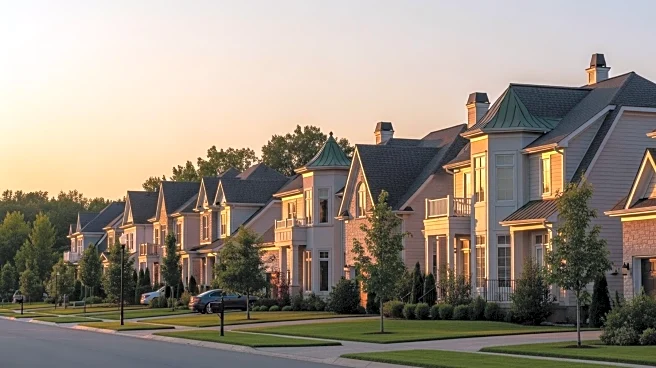What is the story about?
What's Happening?
A new report by Realtor.com reveals that Social Security benefits alone are sufficient to cover living expenses in only 10 U.S. states. The analysis, based on median Social Security benefits and the Elder Economic Security Standard Index, shows that retirees face significant financial shortfalls in most states. The report highlights that homeownership costs have risen by 26% over the past five years, driven by property taxes, insurance, and maintenance. In states where Social Security can cover living expenses, retirees typically have lower housing costs, averaging around $510 per month. In contrast, states with shortfalls see retirees spending over $900 monthly on housing.
Why It's Important?
The findings underscore the financial challenges faced by retirees relying solely on Social Security, which could have significant implications for public policy and economic planning. With nearly 22 million seniors depending entirely on Social Security, the inadequacy of these benefits in most states could lead to increased poverty rates among the elderly. This situation may prompt calls for policy reforms to enhance Social Security benefits or provide additional support for housing and healthcare costs. The report also highlights the importance of financial planning and the potential need for retirees to seek additional income sources.
What's Next?
As the cost of living continues to rise, there may be increased advocacy for policy changes to address the financial needs of retirees. This could include proposals to adjust Social Security benefits to better reflect regional cost-of-living differences. Additionally, there may be a push for more affordable housing options for seniors, as well as increased access to financial planning resources to help retirees manage their expenses more effectively. The ongoing economic conditions, including inflation and housing market trends, will significantly influence these developments.
AI Generated Content
Do you find this article useful?













